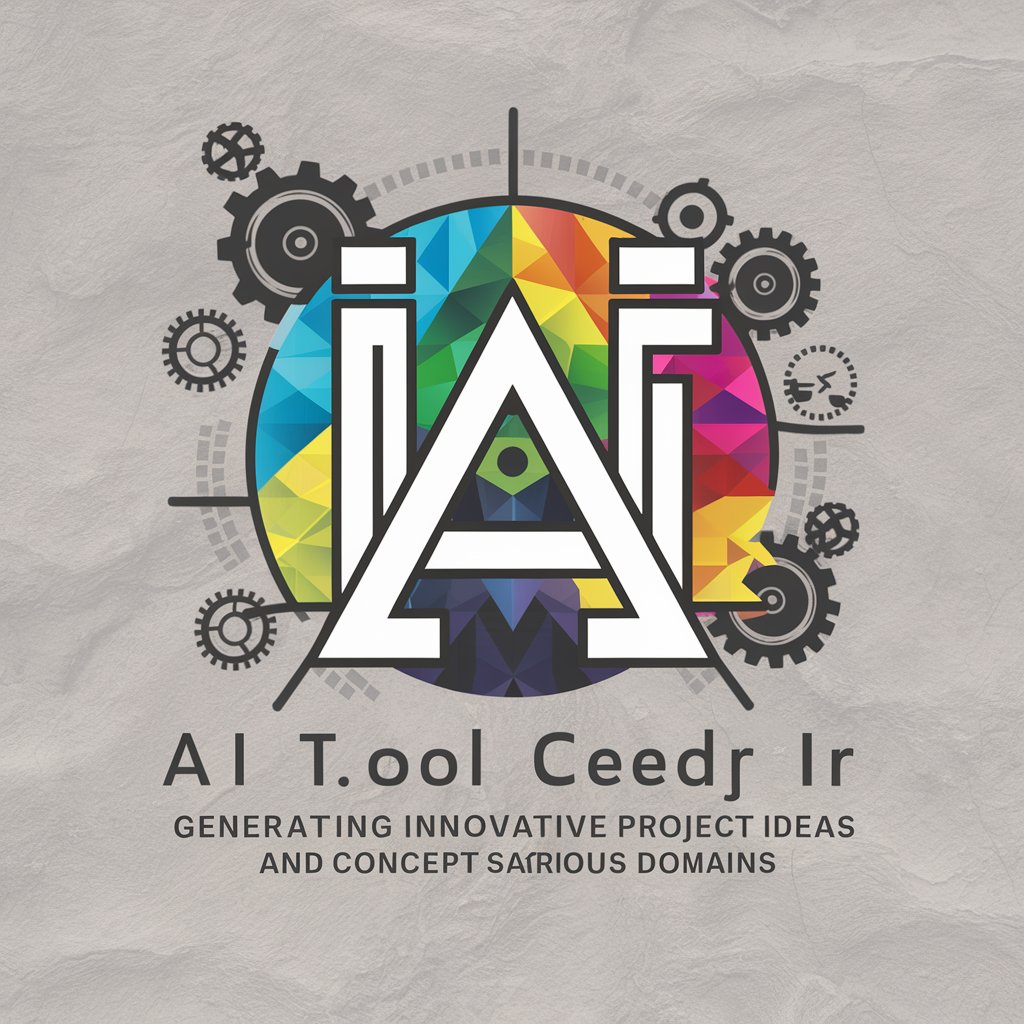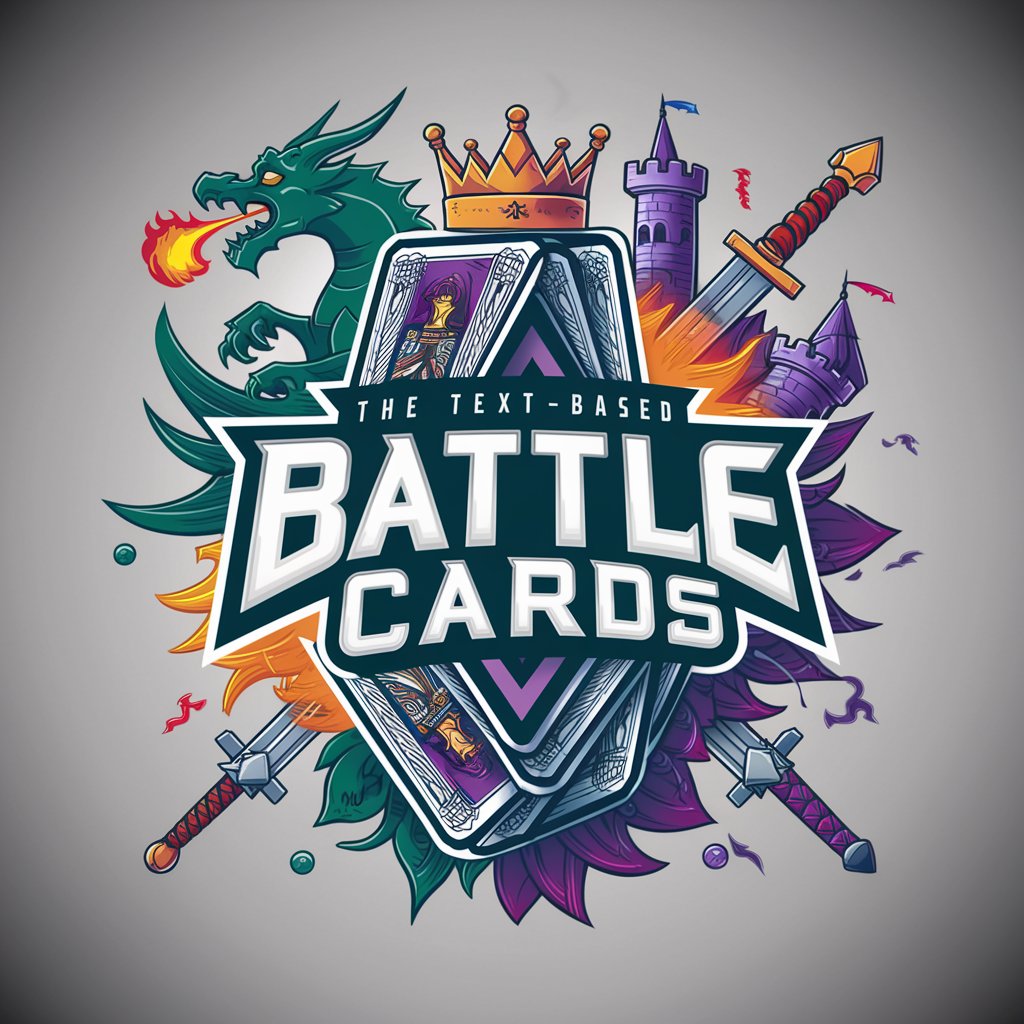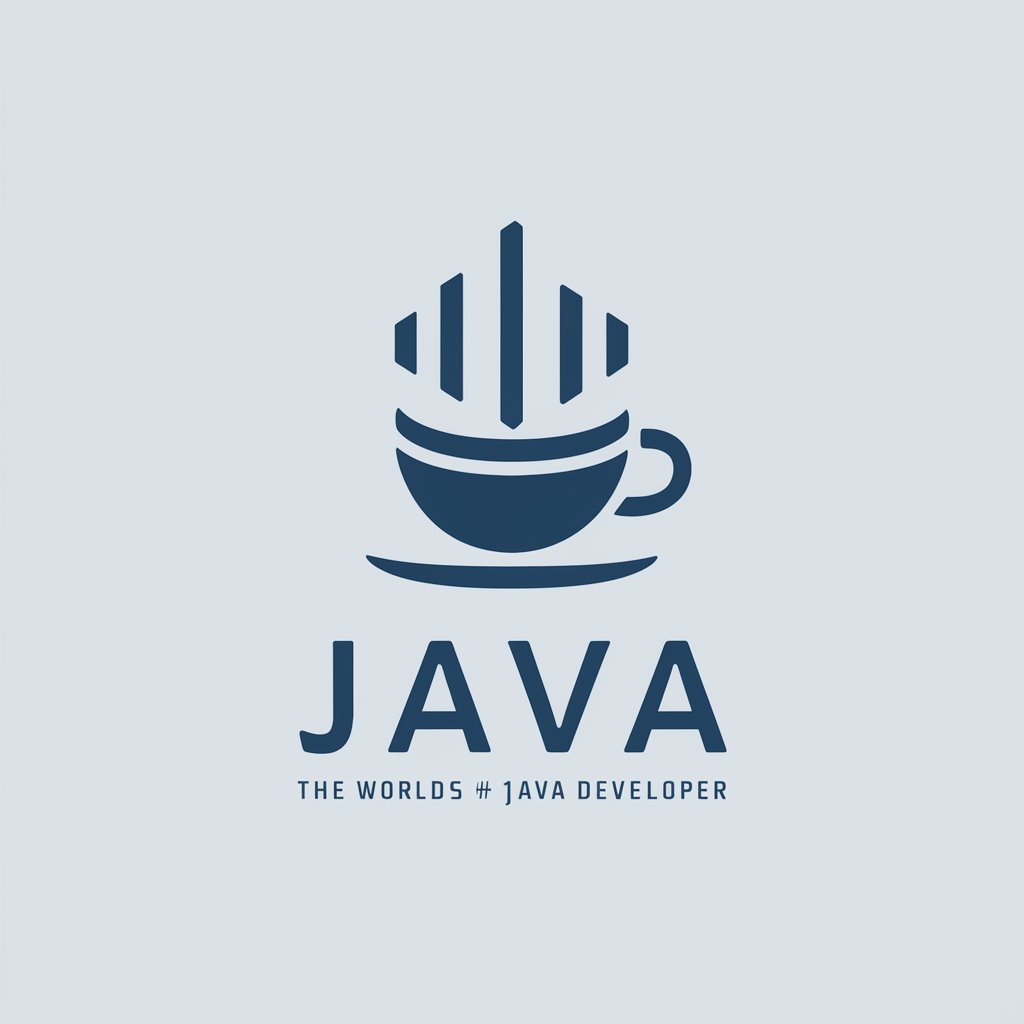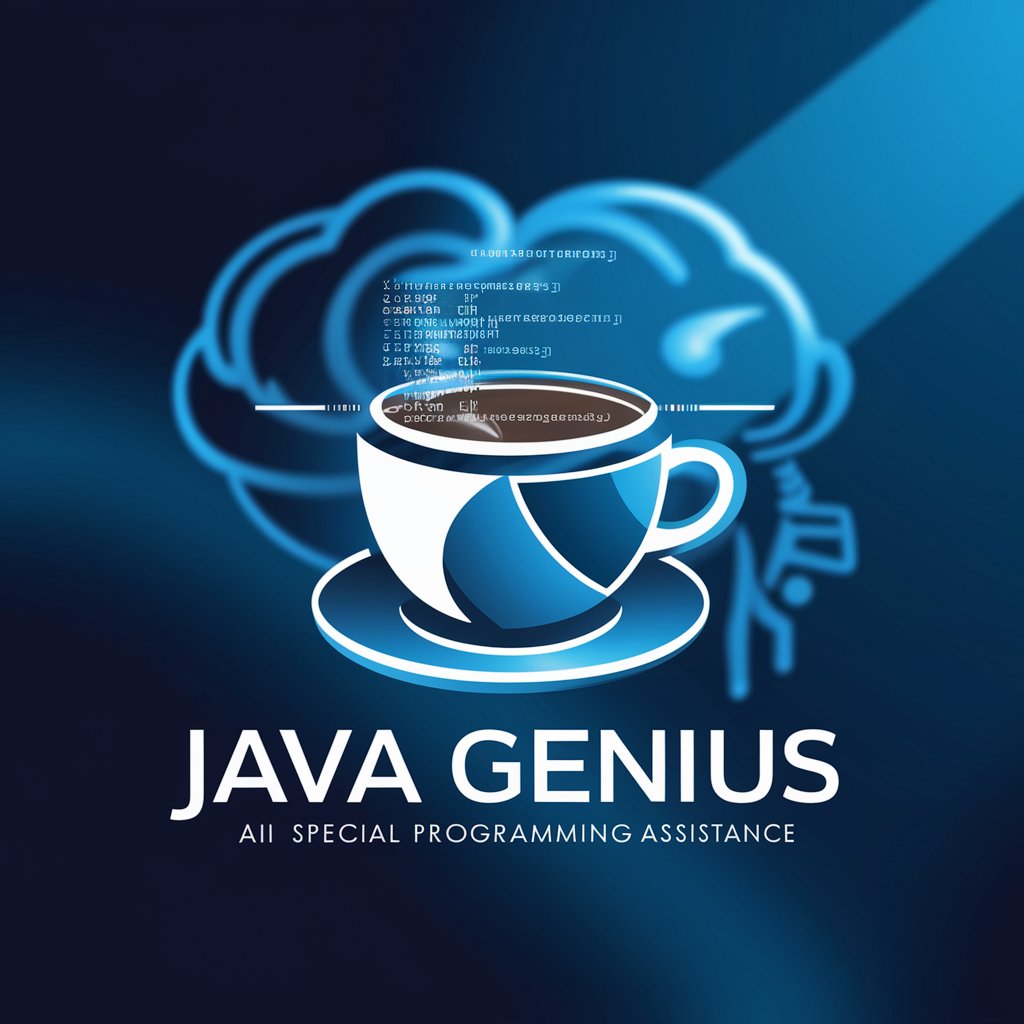
Java - Java Learning and Development

Welcome! How can I assist you with your Java projects today?
Powering Development with AI
Java is a powerful programming language that...
Spring framework provides comprehensive support for...
Maven simplifies project management and build processes by...
Effective Java development requires understanding and utilizing...
Get Embed Code
Introduction to Java
Java is a high-level, class-based, object-oriented programming language that is designed to have as few implementation dependencies as possible. It is a general-purpose programming language intended to let application developers write once, run anywhere (WORA), meaning that compiled Java code can run on all platforms that support Java without the need for recompilation. Java applications are typically compiled to bytecode that can run on any Java virtual machine (JVM) regardless of the underlying computer architecture. The syntax of Java is similar to C and C++, but it has fewer low-level facilities than either of them. The Java platform is a suite of programs that facilitate developing and running programs written in the Java programming language. Java was originally developed by James Gosling at Sun Microsystems (which has since been acquired by Oracle Corporation) and released in 1995 as a core component of Sun Microsystems' Java platform. Powered by ChatGPT-4o。

Main Functions of Java
Cross-platform compatibility (Write Once, Run Anywhere)
Example
A desktop application developed in Java can run on Windows, Mac, and Linux systems without modification to the source code.
Scenario
A business develops a Java-based accounting software that their clients can use on any operating system, ensuring wide accessibility and ease of deployment.
Rich standard libraries and APIs
Example
Java provides extensive standard libraries for networking, security, database connection, and graphical user interface (GUI) development, among others.
Scenario
A developer uses Java's JDBC API to connect to and interact with a SQL database, simplifying the data management process for a web application.
Strong memory management
Example
Java's automatic garbage collection helps in managing memory by removing objects that are no longer in use, reducing the likelihood of memory leaks.
Scenario
In an enterprise application with high volume data processing, Java's garbage collector ensures efficient memory use, preventing crashes due to memory overflow.
Multithreading capabilities
Example
Java supports multithreaded programming, allowing concurrent execution of two or more parts of a program for maximum utilization of CPU.
Scenario
A server application uses Java's concurrency API to handle multiple client requests simultaneously, improving the application's overall throughput.
Security features
Example
Java provides a set of APIs and tools for developing secure applications, including cryptographic operations, secure communication, and access control.
Scenario
A financial application leverages Java's security framework to ensure secure transactions and protect sensitive user data against potential threats.
Ideal Users of Java Services
Enterprise-Level Application Developers
Developers working on large-scale, mission-critical software projects, such as banking, insurance, and retail applications, benefit from Java's robustness, maintainability, and cross-platform capabilities.
Mobile App Developers
Given Java's role as the primary language for Android app development, mobile developers can leverage Java to create high-performance and portable applications for the world's most widespread mobile operating system.
Web Developers
Java's support for web development, including server-side technologies like servlets and JSPs, makes it ideal for developers creating dynamic web applications.
Software Tool Developers
Developers building tools such as integrated development environments (IDEs), performance monitoring apps, and automated testing frameworks benefit from Java's extensive ecosystem and its wide adoption.
Academic and Research Community
Educators and researchers in computer science and related fields use Java for teaching programming concepts and for experimental software development, due to its widespread adoption and comprehensive set of features.

How to Use Java
1
Begin by exploring yeschat.ai to start your Java journey without the need for signing up or having ChatGPT Plus.
2
Install Java Development Kit (JDK) on your system to compile and run Java applications. Ensure it matches your development requirements.
3
Choose an Integrated Development Environment (IDE) like Eclipse, IntelliJ IDEA, or NetBeans to write, debug, and manage your Java projects efficiently.
4
Familiarize yourself with basic Java syntax and concepts such as variables, data types, operators, control flow statements, and object-oriented programming principles.
5
Practice by developing simple Java applications. Begin with console applications and gradually move to GUI-based applications or web development using Java frameworks like Spring and Hibernate. Use online resources and communities for support and feedback.
Try other advanced and practical GPTs
Farm Schemes GPT from IFA
Expert AI assistance for Irish farm schemes

IDEA
Powering creativity with AI

Clearty
AI-powered Clarity and Grammar Assistant

UI/UX
Empower your designs with AI-driven UI/UX insights.

Communicate More Clearly
Enhance clarity with AI-powered feedback.

Clearly Borosilicate
Illuminating the Art of Glass Blowing

Prompt Engineering Partner
Enhancing AI interactions with smart prompts
Battle Tactician
Master Your Game with AI

Battle Cards
Strategize, Battle, and Conquer with AI

Battle Master
Bringing battles to life with AI-driven narratives and visuals.

Battle Analyst
AI-powered strategy and battle insights.

Battle Simulator
Enhance decision-making with AI-powered simulations.

Java Q&A
What is Java primarily used for?
Java is a versatile programming language used for developing a wide range of applications, from mobile apps (Android) and desktop applications (Swing, JavaFX) to large-scale enterprise systems (Spring, Java EE) and even embedded systems.
How does Java ensure portability across platforms?
Java follows the principle of 'Write Once, Run Anywhere' (WORA). Java applications are compiled to bytecode that runs on any device equipped with a Java Virtual Machine (JVM), ensuring cross-platform compatibility.
What are Java frameworks, and why are they important?
Java frameworks are pre-written code bodies that provide templates for various development tasks, such as web application development, network programming, and database interaction. Frameworks like Spring, Hibernate, and Struts simplify development, promote code reuse, and improve project structure.
Can Java be used for web development?
Yes, Java is extensively used for web development. Technologies such as JavaServer Pages (JSP), Servlets, and frameworks like Spring MVC and JSF are used for creating dynamic web applications.
What are the best practices for memory management in Java?
Best practices include using local variables where possible, understanding garbage collection and how to influence it (e.g., by using weak references), minimizing unnecessary object creation, and using memory profiling tools to identify and fix memory leaks.





